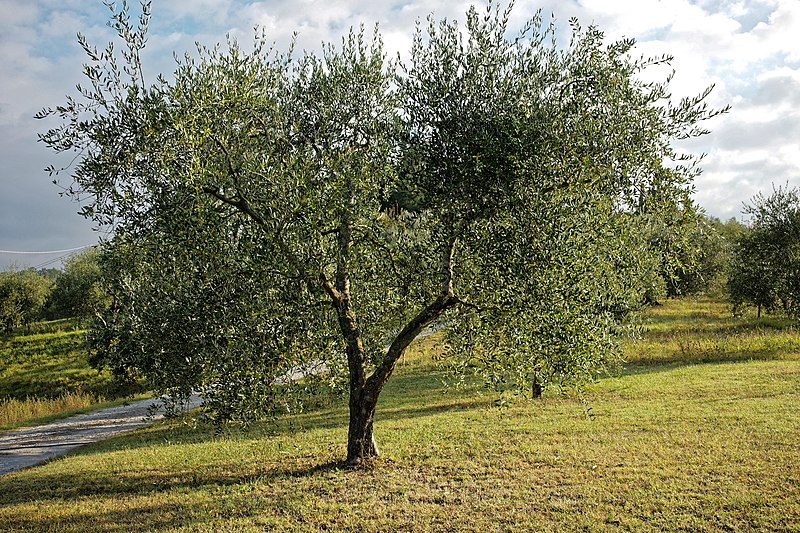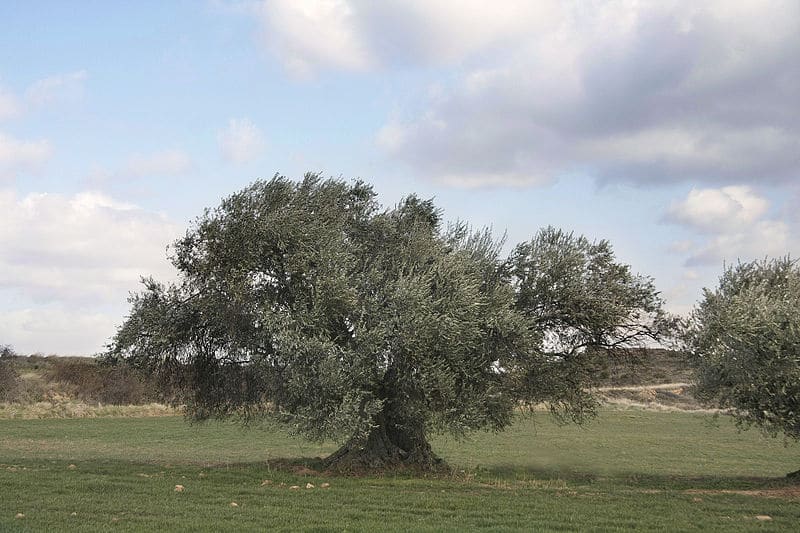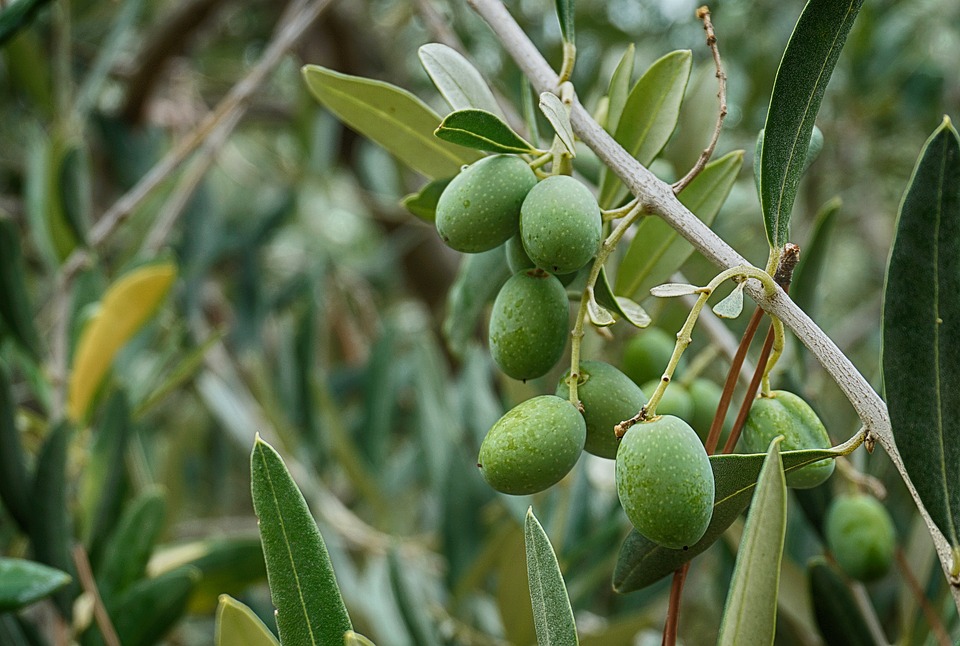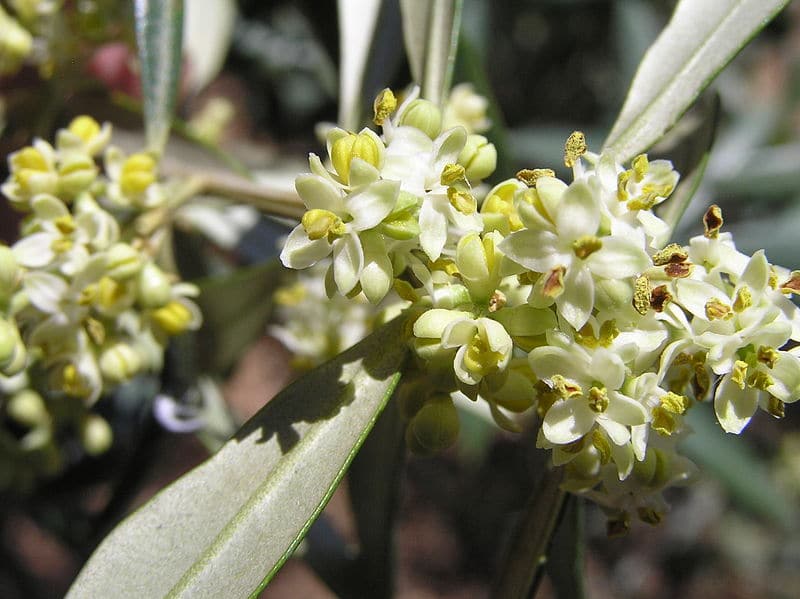
Image sourced from Wikimedia/Burkhard Mücke
If you are looking for a drought-resistant tree from which you can eat its fruits, without a doubt one of the most interesting is the Olea europaea. Popularly known as the olive tree, it is an incredible plant that gives very good shade and does not usually cause any problems as long as it is planted in the right place.
Maintenance is really easy, which both those who do not have much experience caring for plants and experts will enjoy.
What is the origin and characteristics of the Olea europaea?

The olive tree, olive tree or aceituno as it is known is an evergreen tree native to the Mediterranean Region. It has a maximum height of 15 meters, although it is not usually allowed to exceed 3-4 meters. The crown is wide, made up of leaves that are green on the upper side and densely scaly on the underside, opposite, with a lanceolate shape, whose size is 2 to 8 centimeters long.
The flowers are hermaphroditic, and are grouped in panicles between the leaves during spring. The fruit is a fleshy drupe 1 to 3,5cm in diameter, globose, and dark in color (usually black) when ripe.
What uses does it have?

Although it is a very interesting species for gardens, and even to work as bonsai, its most widespread use is culinary. The olives are consumed raw, either in dishes (pizzas for example), or alone as an appetizer; In addition to them, an oil is extracted, olive oil, which is used for toast, salads, etc.
What are the care of the olive tree?

Image sourced from Wikimedia / Cosasdebeas
Taking care of an olive tree is not difficult. For the tree to be healthy, you just have to keep in mind that needs to be in full sun, in a soil with neutral or alkaline pH, with good drainage and that needs to be watered from time to time. Being native to the Mediterranean, it resists drought very well, even if it lasts for months; But beware, if it is the first year you have planted it, water it at least twice a week during the summer so that it develops a strong root system.
Doesn't really need pruning, but if you want you can prune it at the end of winter. Remove the dry branches, the weak ones, the ones that are broken and cut back all those that are growing too much. But do not overdo it: drastic pruning can weaken it a lot. It is better to prune a little at a time, always using suitable tools and previously disinfected with alcohol from a pharmacy or a few drops of dishwashing liquid.

It multiplies easily by seeds., which are sown either in autumn or spring in seedbeds with universal cultivation substrate placed outdoors, in full sun. It can also be done by cuttings at the end of winter and by layering in spring-summer.
Finally, you should know that it resists frosts down to -10ºC, although it prefers somewhat warmer climates.
Hello Monica.
It is a very beautiful tree. We have three olive trees on the farm, they are tiny and their purpose is decorative. we have them quite close, is it a problem? On the other hand, it happens to us that we hardly notice their growth, although they look healthy, can anything be done?
Thank you very much for your articles!
Sincerely,
GALANTE NACHO
Hello Nacho.
Olive trees are slow by themselves. You can fertilize them with organic fertilizers (compost, guano,…), but I don't want to give you hope hehehe 🙂 The motto of the olive tree seems to be that of many other trees: slowly but surely. And so they live, some reaching a thousand years or more.
As for whether they will have problems being together; not in principle, but it can influence its growth rate. But how far apart are you? If they are 2-3 meters nothing should happen, but if they are closer... your olive trees will have branches that seek light over time.
Regards!
Hello Monica.
I knew they were slow, but of course, if they live for 1.000 years... how wonderful, whoever caught them...
They are super together, all in two square meters, that's how my brother wanted it, I don't know if he told me that he had read it somewhere that they could be cool.
I'll tell you, if we get to see it, hehehe
Thank you very much for everything and best regards,
GALANTE NACHO